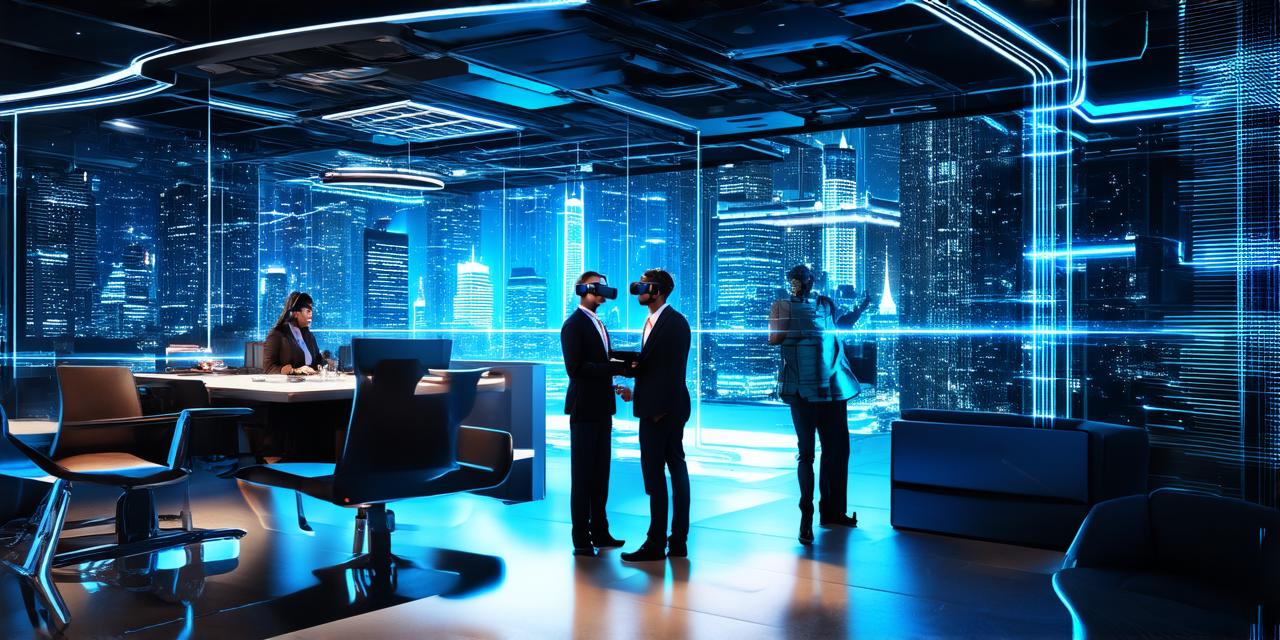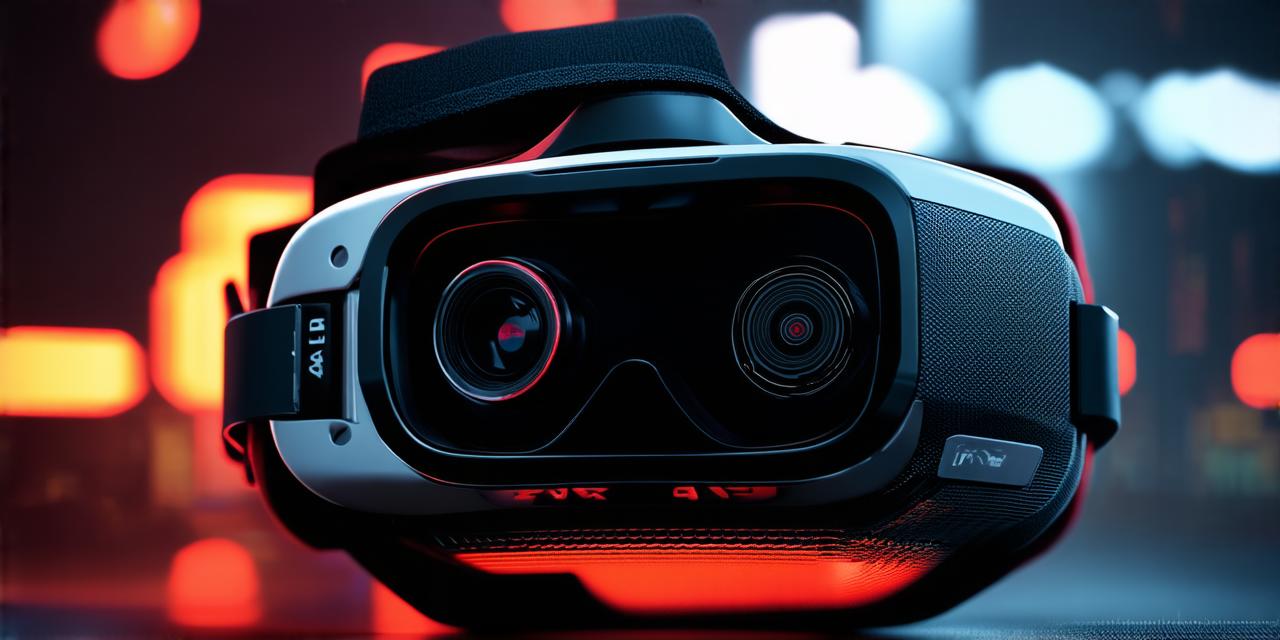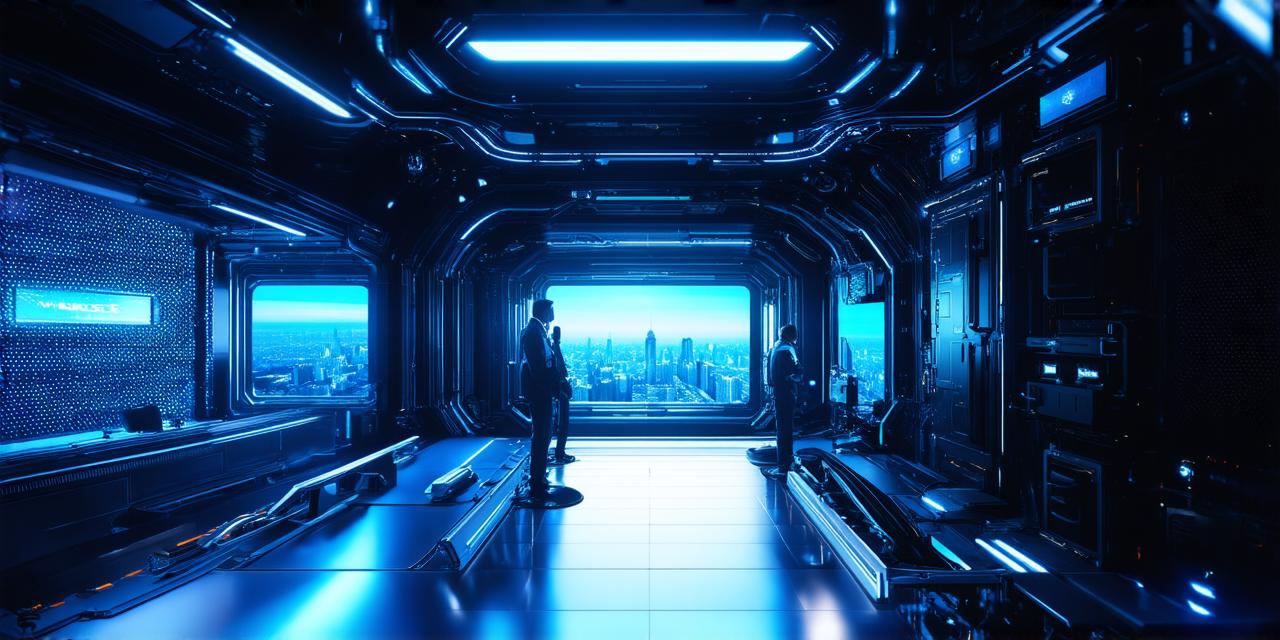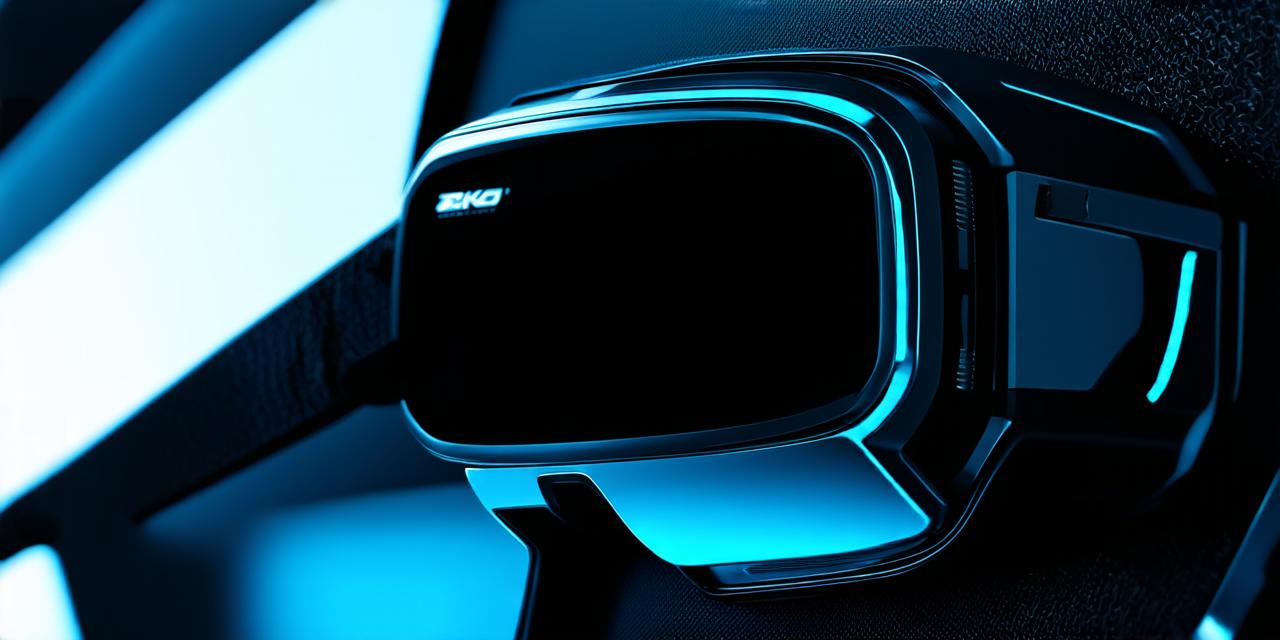Introduction: A Brief Overview of Virtual Reality
Virtual reality is a technology that enables users to experience digital content in an immersive environment. It works by capturing and tracking the user’s movements and adjusting the virtual environment accordingly. This creates a sense of presence that can be incredibly engaging and has the potential to change the way we interact with technology.
Virtual reality is still a relatively new technology, but it’s already transforming various industries such as gaming, education, and healthcare.
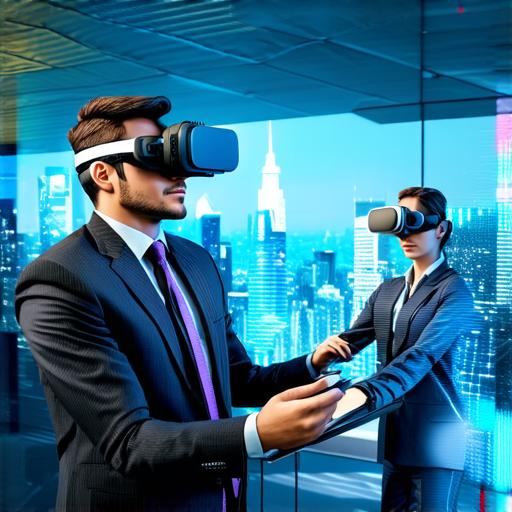
How Virtual Reality Will Change Business
Virtual reality is already changing the way businesses operate in a number of ways. Here are just a few examples:
- Product visualization: With VR, businesses can create incredibly realistic 3D models of their products and test them before they go into production.
- Remote collaboration: VR can be used to create shared virtual workspaces where teams can collaborate in real-time, regardless of where they are located.
- Training and education: Virtual reality can be used to create immersive training experiences that are more engaging and effective than traditional methods.
- Marketing and advertising: VR can be used to create incredibly immersive marketing and advertising campaigns that are more memorable and impactful than traditional methods. For example, VR can be used to create virtual product demos or even virtual storefronts.
- Entertainment and experiences: Virtual reality can be used to create incredibly immersive entertainment experiences that are unlike anything we’ve seen before. This includes things like virtual concerts, sports events, and travel experiences.
What Does This Mean for AR Developers?
As VR technology continues to evolve, it will require new tools and platforms to support its development. This presents an opportunity for AR developers to expand their skill sets and work on exciting new projects. Here are just a few examples of how VR will impact AR development:
- New hardware and software requirements: Developing for VR requires different hardware and software than traditional AR applications. This means that AR developers will need to learn about these technologies and adapt their skills accordingly.
- New design considerations: When designing for VR, developers will need to take into account the unique challenges of creating immersive experiences. This includes things like motion sickness, eye strain, and cognitive load.
- Increased demand for specialized skills: As VR becomes more popular, there will be an increased demand for skilled AR developers who are proficient in this technology.
- New applications and industries: VR has the potential to create new applications and industries that were previously impossible. For example, VR can be used to create virtual real estate experiences, allowing buyers to tour properties without ever leaving their homes.
Case Studies: Real-World Examples of How VR is Impacting Business
To help illustrate how virtual reality is impacting business, here are a few real-world examples:
- IKEA’s AR Room Planner: IKEA has developed an augmented reality app that allows users to visualize how furniture would look in their homes before they buy it. The app uses 3D models and machine learning algorithms to create a realistic virtual environment that can be customized to the user’s preferences.
- Coca-Cola’s VR Experience: Coca-Cola has created a virtual reality experience that allows users to explore a virtual world filled with Coca-Cola products and branding. The experience is designed to be highly immersive, allowing users to engage with the brand in a new and exciting way.
- Volkswagen’s VR Experience: Volkswagen has created a virtual reality experience that allows users to explore a virtual version of its factory. The experience is designed to be highly immersive, allowing users to see how the factory operates and learn about the production process.
Summary: The Future of Virtual Reality in Business
Virtual reality is still a relatively new technology, but it’s already transforming many industries and changing the way we do business. As VR continues to evolve, it will require new tools and platforms to support its development, creating new opportunities for AR developers. The potential benefits of virtual reality in business are enormous, from product visualization to marketing and advertising, and everything in between. By staying up-to-date with the latest trends and technologies, AR developers can position themselves at the forefront of this exciting new field.
FAQs
Here are some frequently asked questions about virtual reality:
- What is virtual reality?
- How will virtual reality change business?
- What does this mean for AR developers?
- What are some real-world examples of how VR is impacting business?
Virtual reality is a technology that allows users to experience digital content in an immersive environment. It works by capturing and tracking the user’s movements and adjusting the virtual environment accordingly.
Virtual reality has the potential to revolutionize many industries and change the way we do business. It can be used for product visualization, remote collaboration, training and education, marketing and advertising, and entertainment and experiences.
As VR technology continues to evolve, it will require new tools and platforms to support its development. This presents an opportunity for AR developers to expand their skill sets and work on exciting new projects. However, it also means that developers will need to adapt to the unique challenges of creating immersive experiences, such as motion sickness and cognitive load.
IKEA’s AR Room Planner, Coca-Cola’s VR Experience, and Volkswagen’s VR Experience are all examples of how virtual reality is impacting business in different ways. These experiences have increased sales, improved efficiency, and helped brands connect with customers in new and exciting ways.
